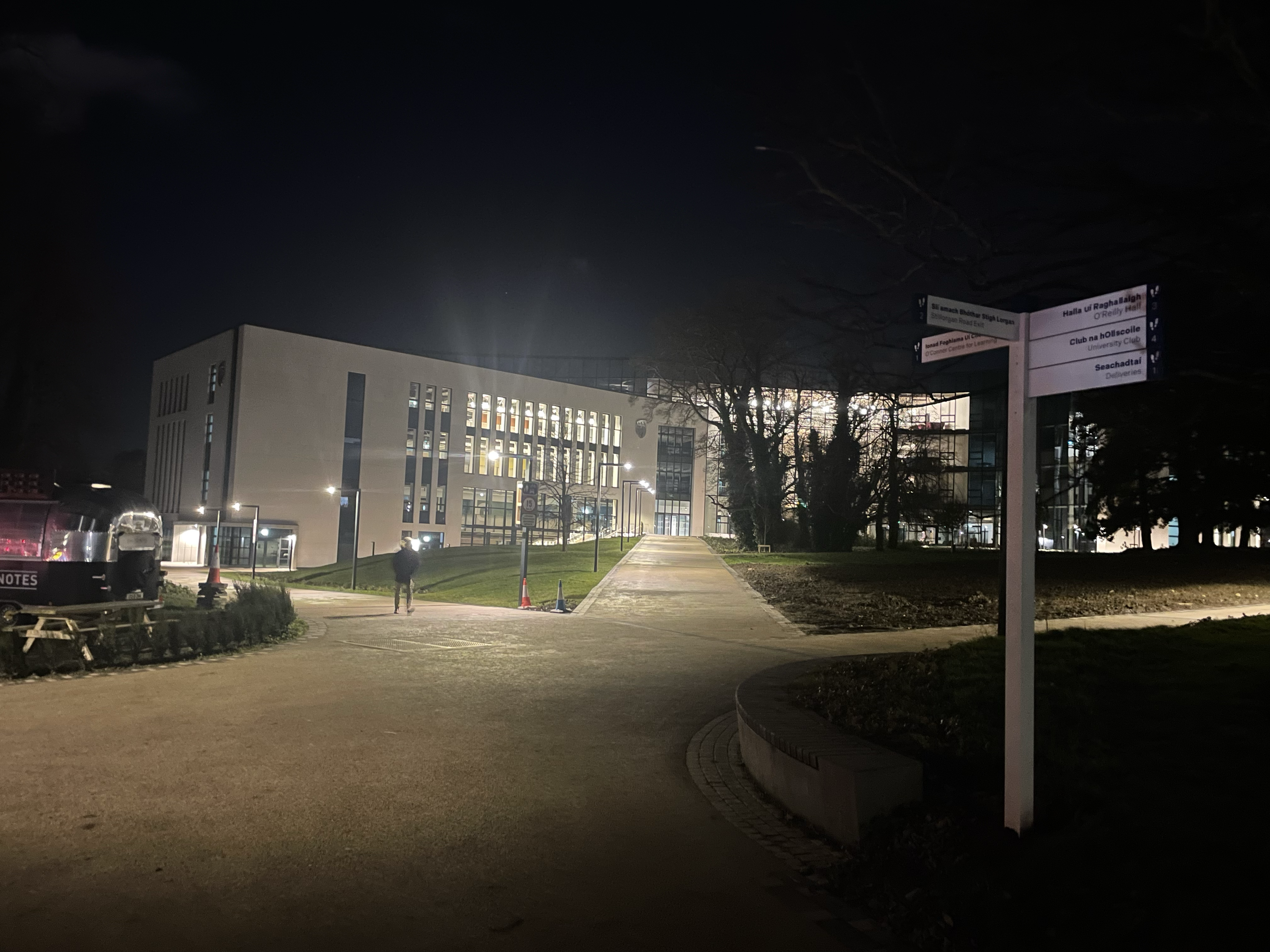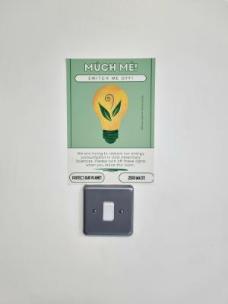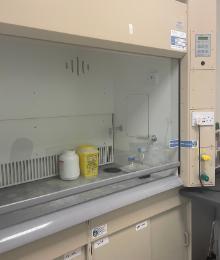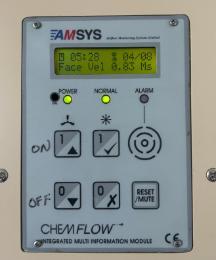Cold Storage
- Keep fridges and freezers running efficiently by defrosting regularly. A build up of ice causes the compressor to work much harder and uses more energy.
- Position ULTs in well ventilated, cool spaces where possible.
- Switching from -80°C to -70°C can save up to 30% on energy costs and conserve the life of the compressor
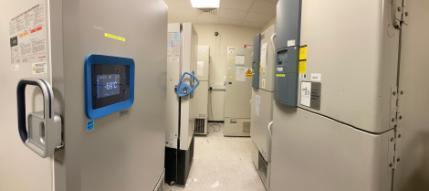
- Minimise how many times you open the door
- Keeping a door open for more than 30 seconds will cause a rapid temperature rise
- Know where your samples are by keeping an inventory form
- Moisture enters every time the door is opened, causing a build up of frost on the seals, a build up of this will damage them and make doors harder to close
-
Close the door properly
